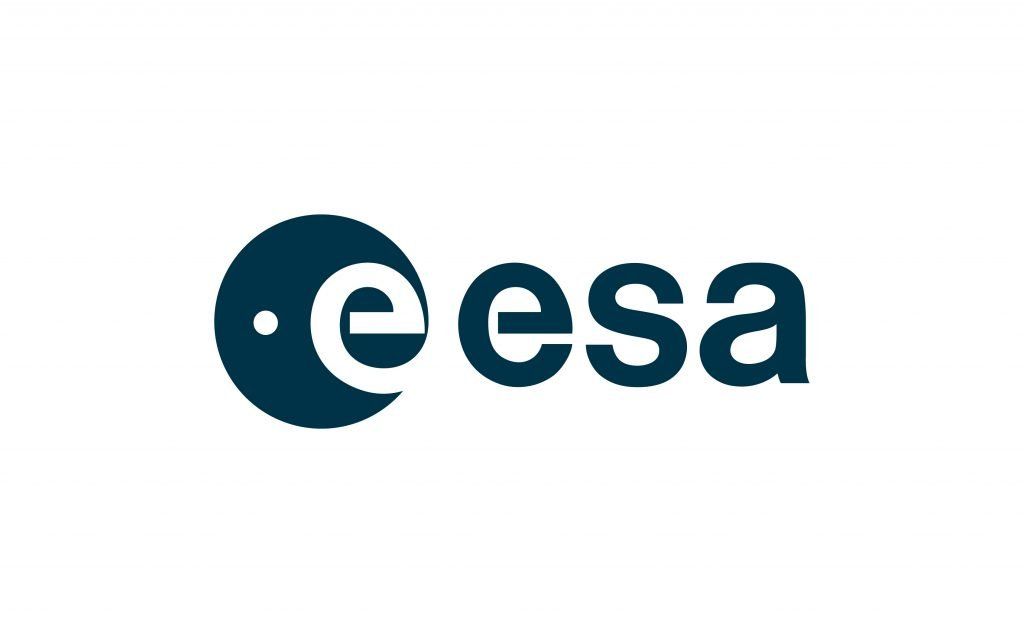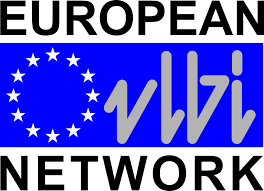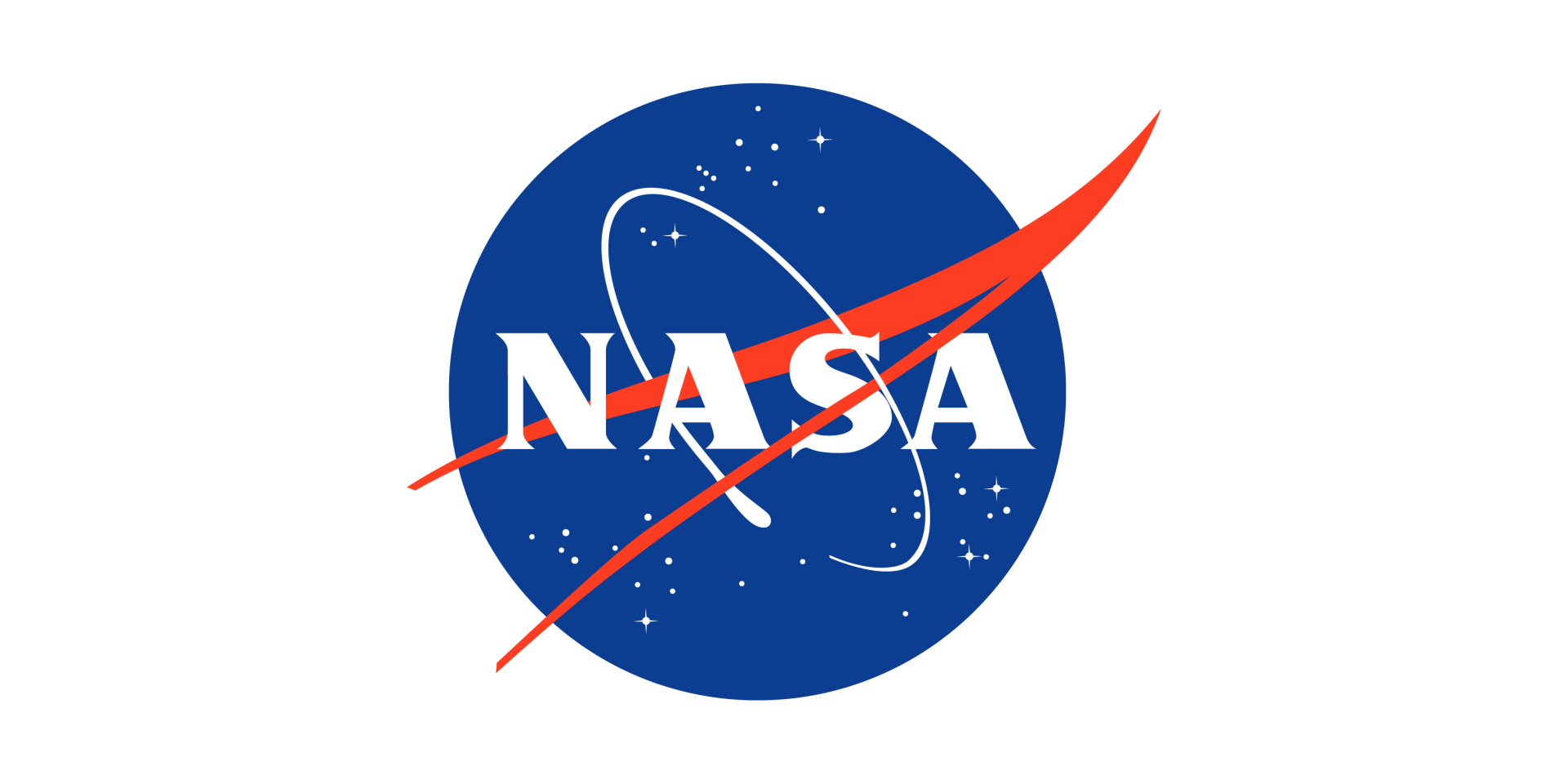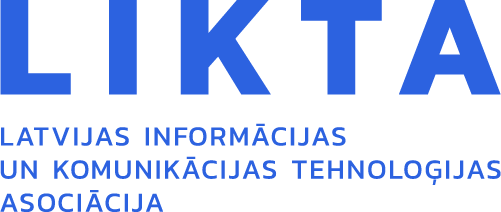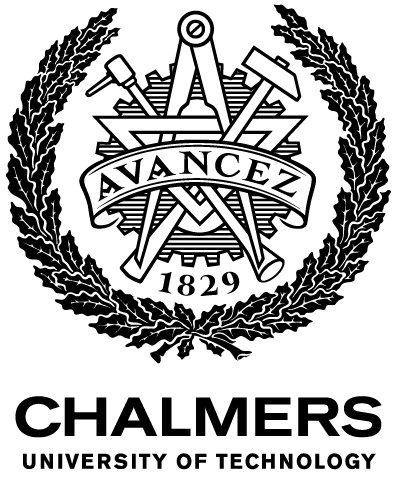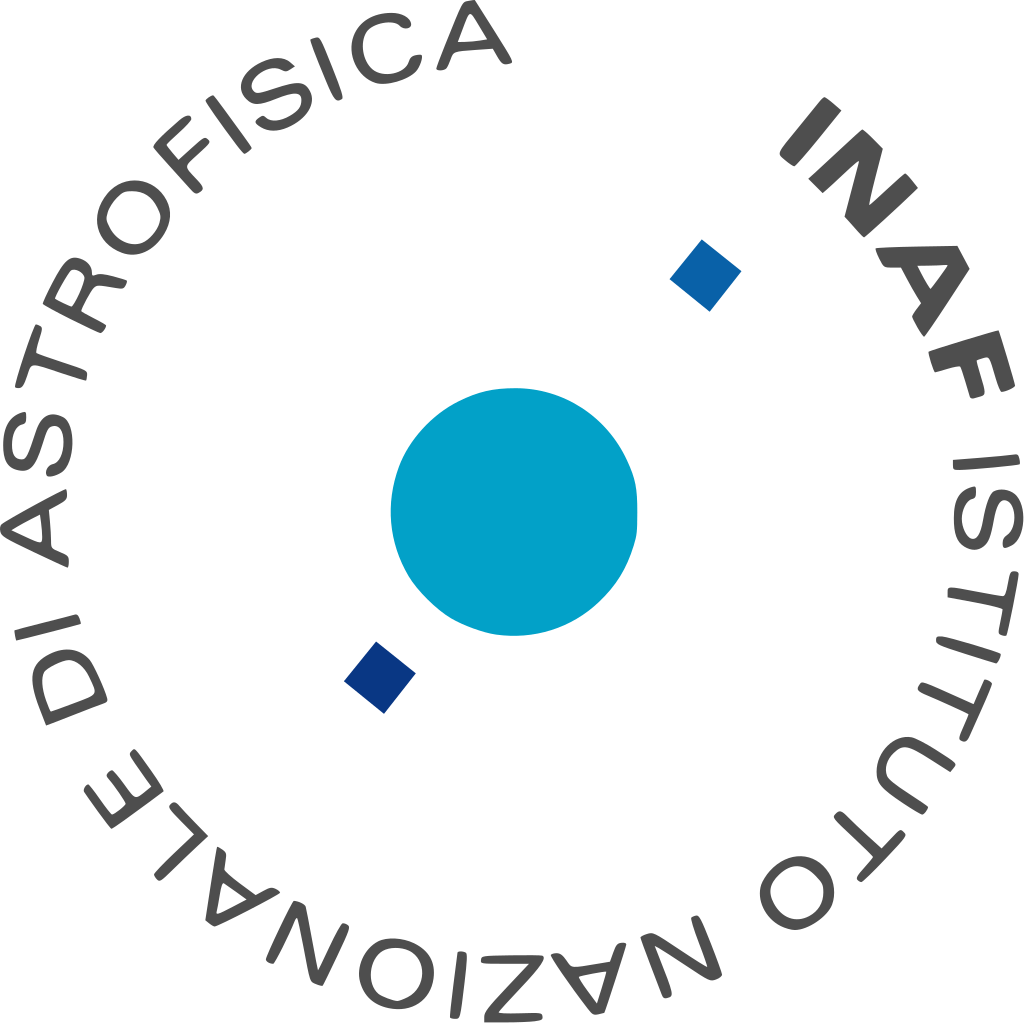This web page is created within BALTICS project funded from the European Union’s Horizon2020 Research and Innovation Programme under grant agreement No.692257.
LOFAR pioneers new way to study exoplanet environments
2020. gada 18. februāris
Using the Dutch-led Low Frequency Array (LOFAR) radio telescope, astronomers have discovered unusual radio waves coming from the nearby red dwarf star GJ1151. The radio waves bear the tell-tale signature of aurorae caused by an interaction between a star and its planet. The radio emission from a star-planet interaction has been predicted for over thirty-years but this is the first time astronomers have been able to discern its signature. This method, only possible with a sensitive radio telescope like LOFAR, opens the door to a new way of discovering exoplanets in the habitable zone and studying the environment they exist in.
More information available :
https://www.astron.nl/news-and-events/news/lofar-pioneers-new-way-study-exoplanet-environments
Paper link
‘Coherent radio emission from a quiescent red dwarf indicative of star–planet interaction’ is published in Nature Astronomy on 17 February 2020: https://www.nature.com/articles/s41550-020-1011-9
DOI: https://doi.org/10.1038/s41550-020-1011-9
